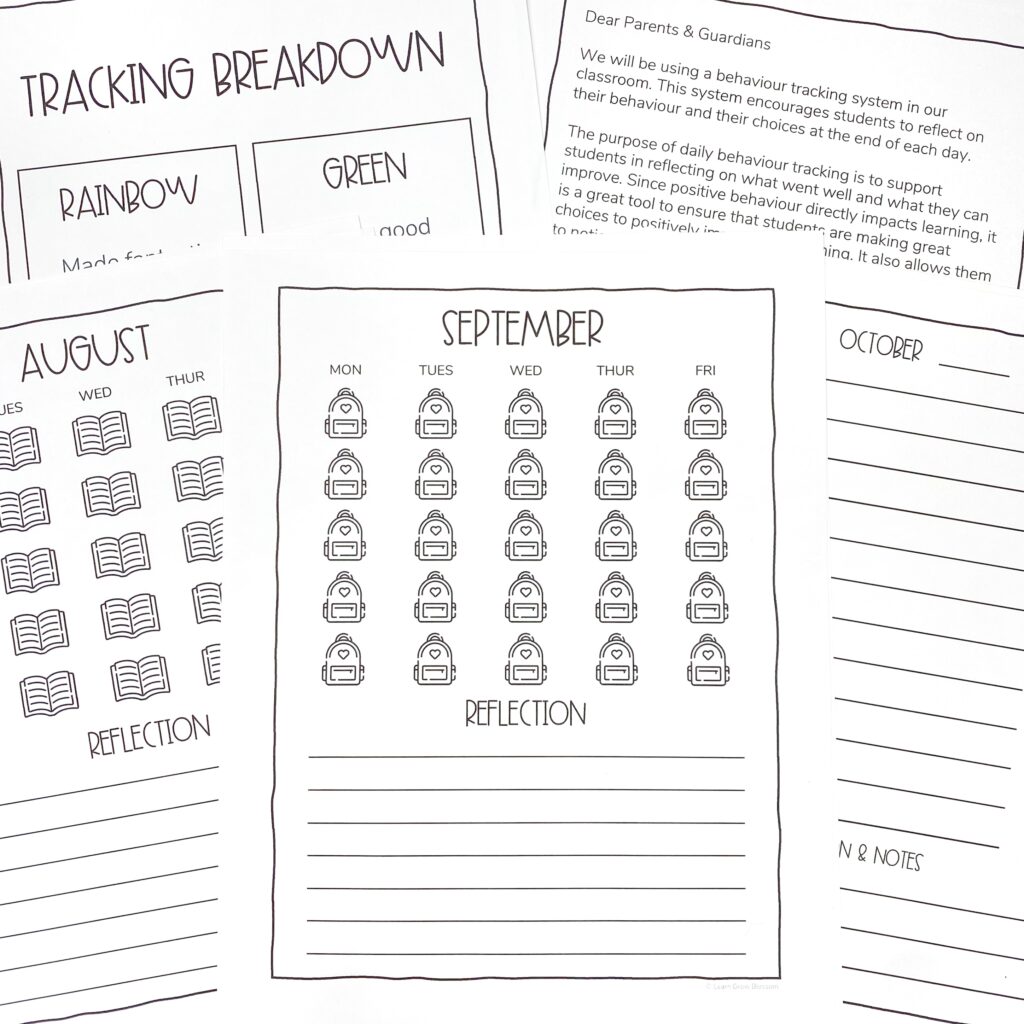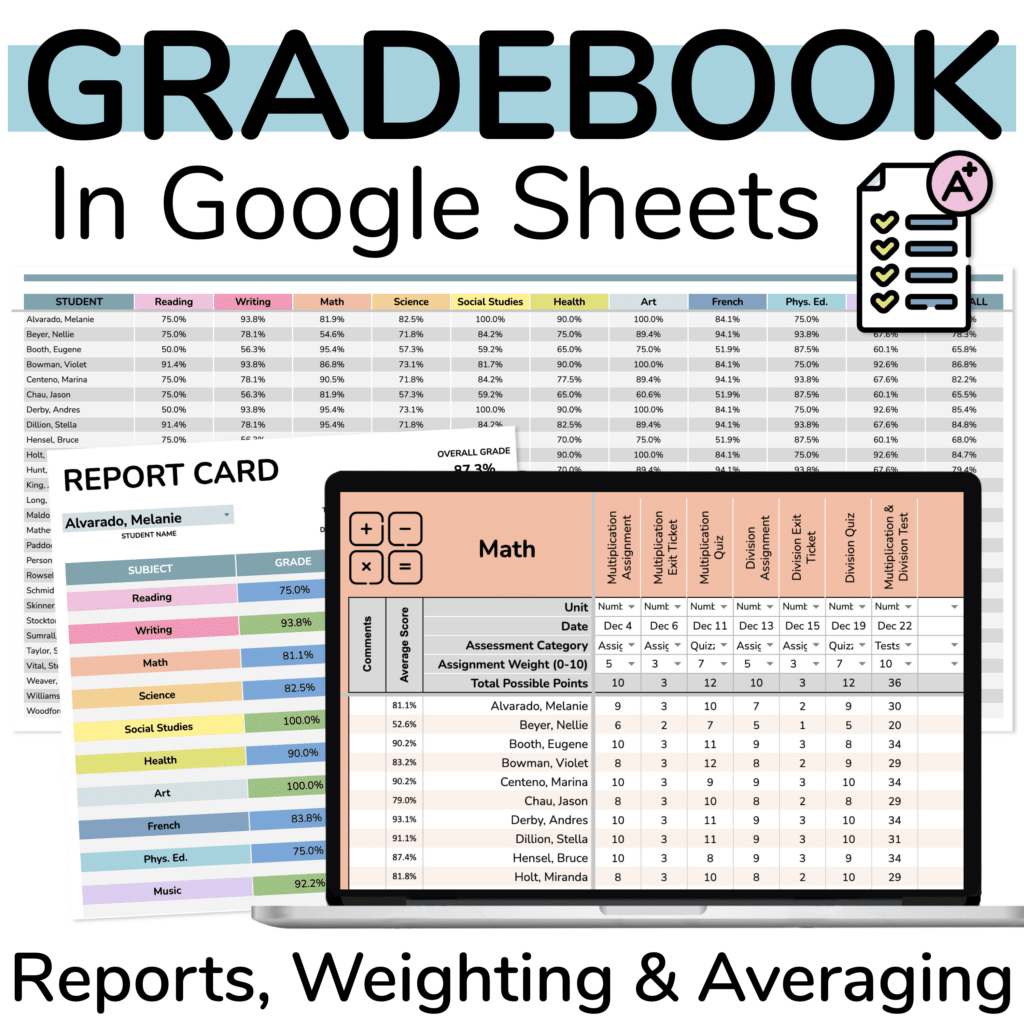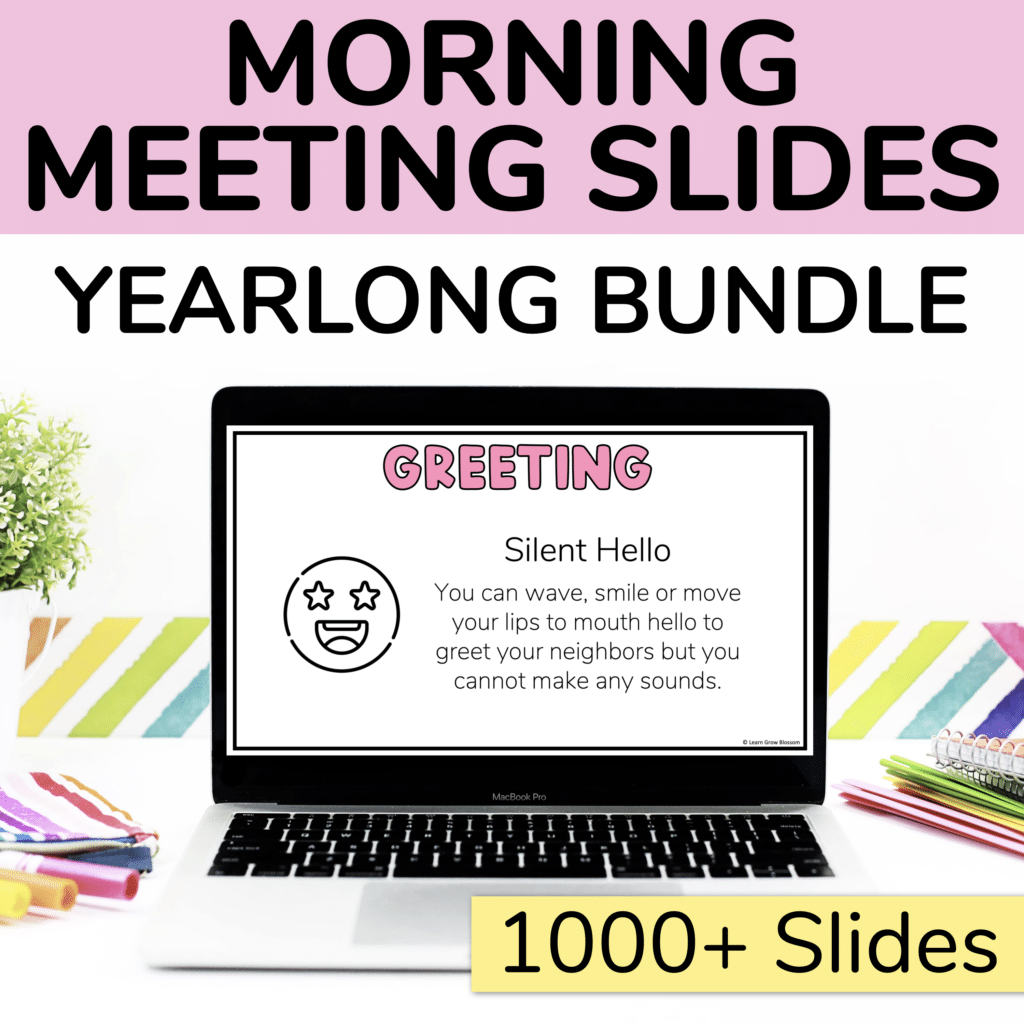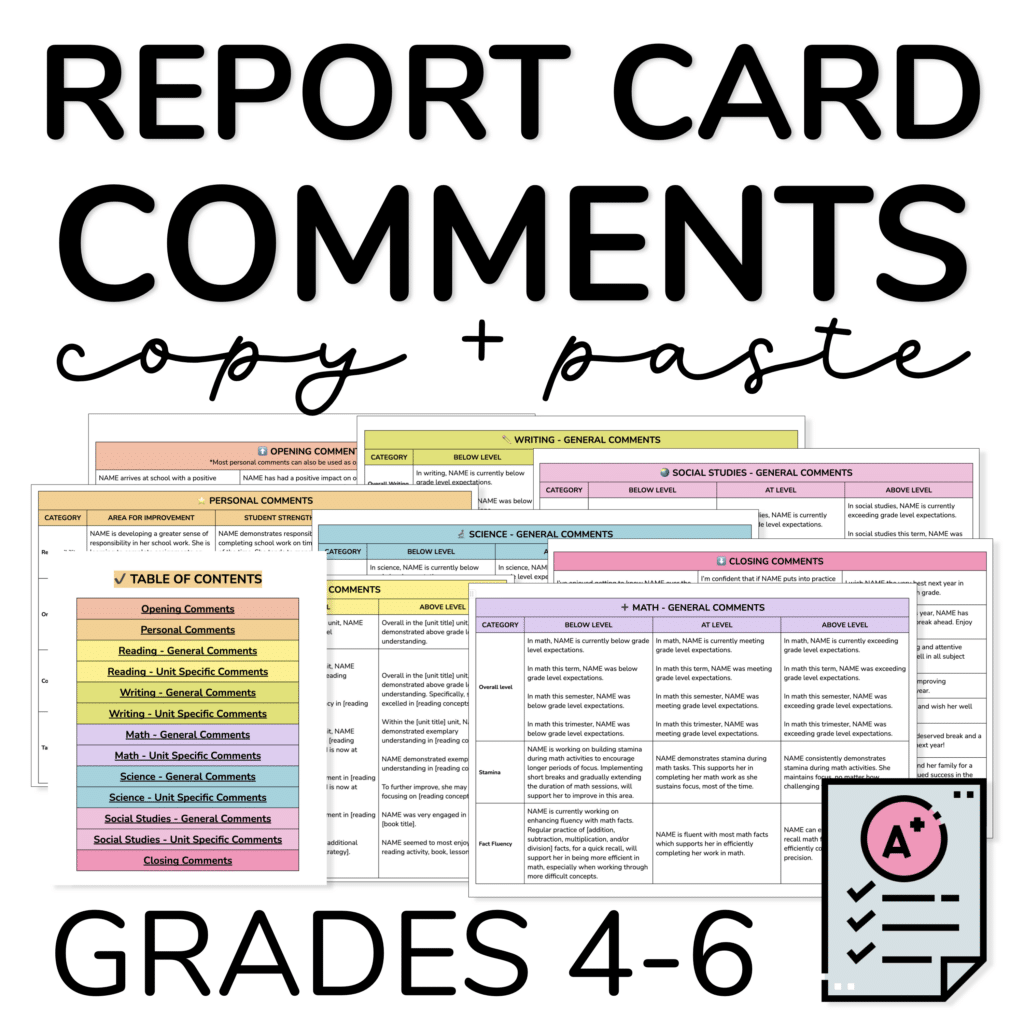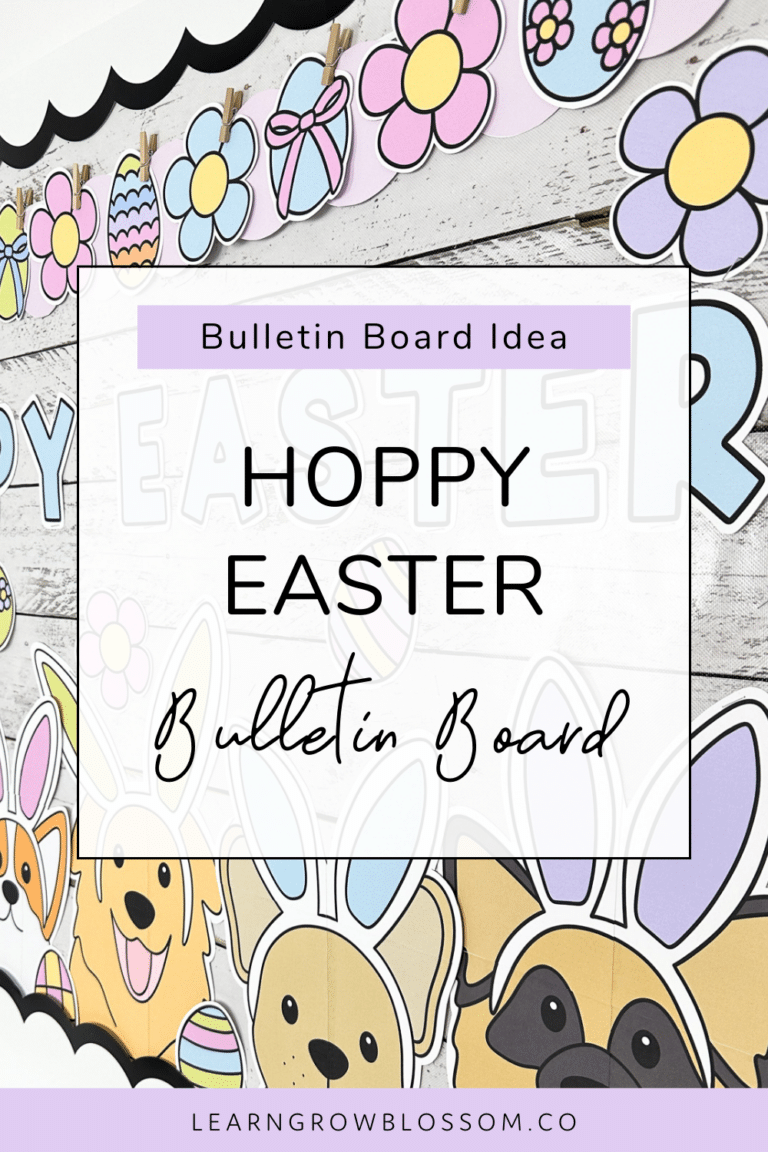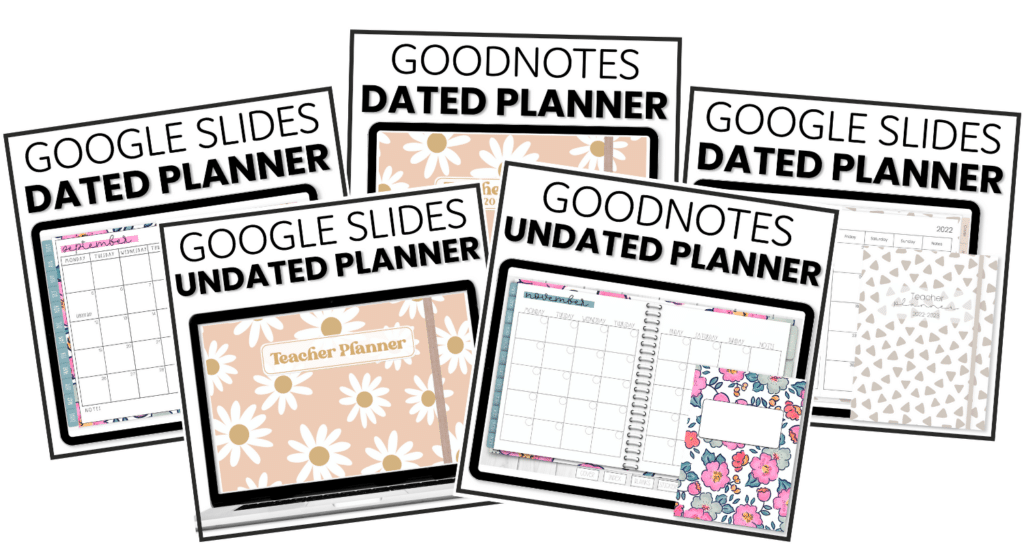Those kids who need a little extra can benefit from filling our a daily behavior tracking sheet.
Kids Who Need “A Little Extra”
We’ve all had those students who “need a little extra”, right? The student who needs a little extra love, a little extra structure, a little extra help with impulse control…
If these kids followed the behavior tracking scale that I have set out for my entire class (see below), they would be colouring in red every. Single. Day.

How can behavior tracking be effective for them if no matter how hard they try, they cannot see success? They cannot “hold it together” for an entire day?
I worry about these kiddos. I don’t want them to be bombarded with the message that they aren’t doing well. Especially not at the end of the day, right before we leave, which is when we fill out our behavior tracking. I don’t want them to be sent off from our classroom with the message “it’s red again today”.
Differentiate Their Behavior Tracking Sheet
These kids should not be completing their behavior tracking sheet based on how many reminders or redirections they are given. I talk with these kids about how those reminders or redirections are a support for them. It’s what they do with those redirections that determines their colour.
For example, if a student requires a reminder to show better listening during a class lesson, how do they respond to that redirection?
If they roll their eyes and huff, that is a yellow response on our scale.
If they have an outburst (verbal or physical) that is a red on our scale.
If they take that redirection and adjust their behavior based on it, then that’s a green on our scale.
These kids rely on us for help. They rely on us to teach them. For these kids, our main teaching is to help them respond and act appropriately in social situations. We need to give them opportunities to see success.
Having a different behavior tracking sheet for these kids who need “a little extra” will help them see success, more frequently.
Instead of colouring in one graphic for the entire day (which is what the typical behavior tracking calendar has students do), these kids will benefit from colouring one in after every block.
This helps give them many opportunities to see success. It doesn’t allow one bad block to change the outcome of the entire day.
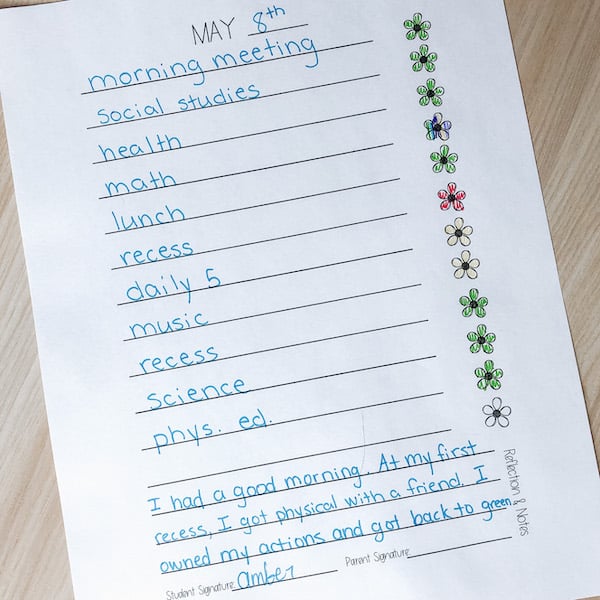
Focus On Choices Not Emotions
It’s important for students to understand that with behavior tracking they are focusing on the choices they’ve made, not on the emotions they felt.
What I mean by this is, sometimes, students think that if they felt anger, they then have to colour in red for that block.
It might be true that they need to colour in red, if they felt angry and then punched their friend but what’s important to hit home is it was the choice they made when angry that resulted in that “red block”, not the fact that they felt anger.
Part of behavior tracking is teaching students what they could do next time. It’s important to reinforce that it’s okay to feel any emotions but it’s important to use self regulation strategies so that we make good choices when faced with strong emotions.
Zones of Regulation
Zones of Regulation is a great resource to accompany the use of students’ behavior tracking sheet to teach those regulation strategies. Again, it’s important to stress, though, that the colours used in tracking do not directly correspond to the zones.
For example, if a student is in the yellow zone as they are feeling frustrated by a math problem but they used a strategy to calm then got back to work, that’s actually a rainbow on our behavior tracking scale. They made a great choice to self regulate and didn’t avoid the work that was causing them frustration.
Reflection
As part of their tracking sheet, I love having my kids write a quick reflection on their day.
Depending on the student, sometimes we write this reflection together during our check in at the end of the day.
Sometimes the student writes it on their own.
Sometimes the student verbally tells me their reflection and I write it for them. I do this if writing is a trigger for a student. The purpose of this behavior tracker is not to be a negative experience and, chances are, there were other parts in the day when I had that student writing so this is a part of their day that I am okay with writing for them.
Sentence stems can also work well for these reflections. Here are a few examples:
I am proud of _______. Tomorrow, my goal is to ______.
Notice Patterns, Set Goals & Celebrate!
As much as these behavior tracking sheets are mainly for students to reflect and take charge of their actions, they are goldmines of data.
They make it easy to notice patterns which means they can be used to set goals with students. They also make it easy to celebrate since all that beautiful data is easy and accessible for both the adults and that student!
Noticing Patterns
The colour visuals in these behavior tracking sheets makes it easy to see which parts of the day the student is most successful as well as the parts of the day that are most challenging.
Look for patterns:
- Are there certain times that are challenging? Before lunch? Unstructured times? Mornings?
- If yes, how can that student be supported to be more successful during those times?
- Do they need a snack to hold them off until lunch?
- Do they need a check in before they start their day off in your class?
- If yes, how can that student be supported to be more successful during those times?
- Are there certain subjects that are more difficult for that student, and therefore, causing them to struggle with emotional regulation and to make good choices?
- If yes, how can that student be supported in that subject?
You get the point. These behavior tracking sheets end up being a tool for you, as the teacher, as much as it is a tool for the student.

Set Goals & Celebrate
Once in a while, you can have a little “meeting” with students to review their behavior tracking sheets. At these meetings you can review the data together.
This is a great time to celebrate those positives that the tracker indicates. For example:
- Has that student lowered the number of “reds” or “yellows”?
- Are they more regulated during math these days?
- Are they using the strategies that they’ve learned to deal with frustration?
During these meetings, you can set goals together. These goals can be communicated with other members of the team (if applicable) and with the students’ parents, if you wish. The more people rooting for that student, the more successful they will be!
Build In Reward, If Necessary
For many students, the intrinsic reward of behavior tracking is enough to motivate them to succeed.
I caution you to try it before adding in a more tangible reward. Intrinsic motivation is best (when possible) because, as adults, we rarely have extrinsic rewards for making good choices.
However, some of these kids “need a little extra”. If that’s an extrinsic reward, it’s easy to build it into your routine around the behavior tracking sheet.
You can set an attainable goal together. Examples are:
- If you don’t make “red choices” you can have 15 minutes to do (insert desirable activity).
- If you have 8 green or rainbow blocks at the end of the day, you can pick a prize.
Parent Communication Tool
These kids’ parents can often also use “a little extra”. They often like to have daily/weekly updates on how their child is doing.
having students fill out a daily behavior tracking sheet is the PERFECT solution!
It gives a recap of the day and I include any notes, if necessary. It’s a great way for parents to talk about the day with their child as they can see the highlights and what parts their child had difficulty. It also puts the onus on the student as they are to walk their parents through their day.
Further exploration
- Check out the behavior tracking sheets for kids who “need a little extra” click here.
- Check out the behavior tracking calendars I use for most of the kids in my class.
- Read more about how I use behavior tracking with my whole class, check out my blog post titled: How Behavior Tracking Strengthened My Classroom Management.








